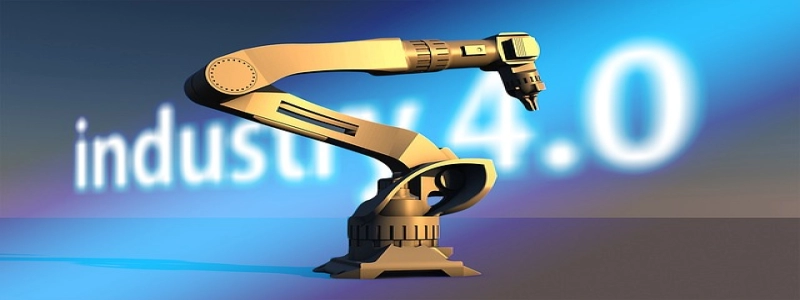Ethernet DAQ
Introduction:
Ethernet DAQ (Data Acquisition) is a powerful technology that allows for the acquisition, monitoring, and control of various types of data using an Ethernet network. This article explores the various aspects of Ethernet DAQ and its applications in different industries.
I. What is Ethernet DAQ?
Ethernet DAQ is a data acquisition technique that utilizes Ethernet technology for data transmission and communication. It involves the use of Ethernet-enabled devices, such as data acquisition systems, sensors, and transducers, to collect and transmit data over an Ethernet network.
II. How does Ethernet DAQ work?
Ethernet DAQ works by connecting data acquisition devices to an Ethernet network using Ethernet cables or wireless connections. These devices are then assigned unique IP addresses, allowing them to communicate with other devices on the network. The data collected by the devices can be transmitted in real-time or stored locally for later analysis.
III. Advantages of Ethernet DAQ:
1. Scalability: Ethernet DAQ allows for easy expansion of data acquisition systems as additional devices can be added to the network without major reconfigurations.
2. Remote access: Ethernet DAQ systems can be accessed remotely, enabling real-time monitoring and control from any location.
3. High-speed data transmission: Ethernet networks provide high bandwidth, allowing for the transmission of large amounts of data at high speeds.
4. Cost-effective: Ethernet-based solutions are typically more cost-effective compared to proprietary data acquisition technologies.
5. Compatibility: Ethernet DAQ is compatible with various types of sensors and transducers, making it suitable for diverse data acquisition applications.
IV. Applications of Ethernet DAQ:
1. Industrial automation: Ethernet DAQ is widely used in industrial environments for monitoring and control of process variables, such as temperature, pressure, and flow rate.
2. Environmental monitoring: Ethernet DAQ is employed in environmental monitoring systems to collect data on air quality, water quality, and weather conditions.
3. Structural health monitoring: Ethernet DAQ is used in structural health monitoring systems to measure and analyze the structural behavior of buildings, bridges, and other infrastructures.
4. Energy management: Ethernet DAQ enables real-time monitoring of energy consumption in commercial and residential buildings, facilitating energy management and optimization.
5. Research and development: Ethernet DAQ is utilized in various research and development projects for collecting and analyzing data in fields like physics, chemistry, and biology.
Conclusion:
Ethernet DAQ has revolutionized the field of data acquisition by providing a reliable, scalable, and cost-effective solution for collecting, transmitting, and analyzing data in various industries. With its numerous advantages and wide range of applications, Ethernet DAQ is becoming increasingly popular and is expected to continue to drive innovation in data acquisition technology.








